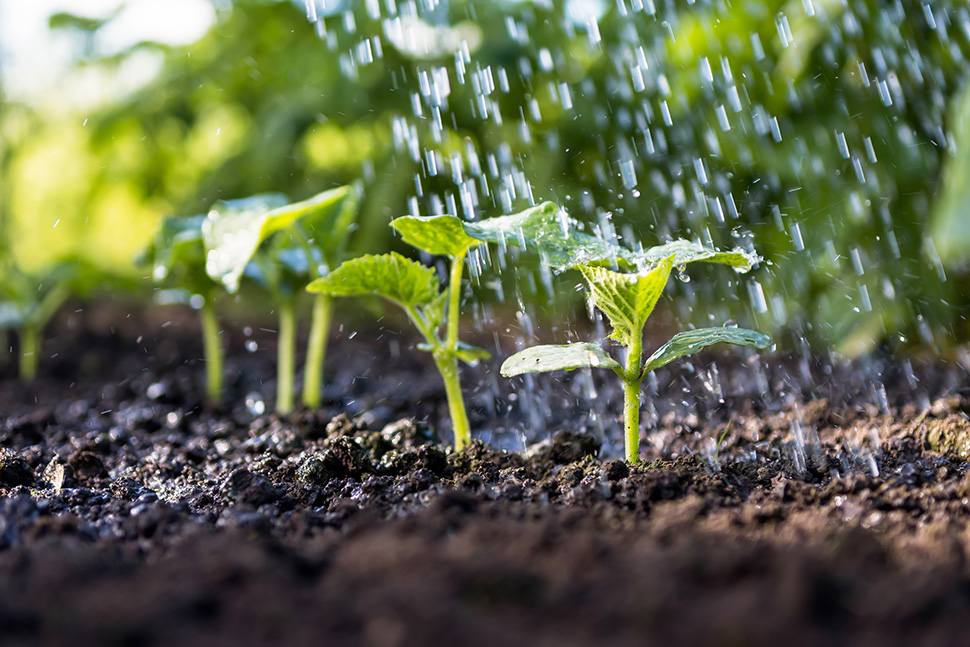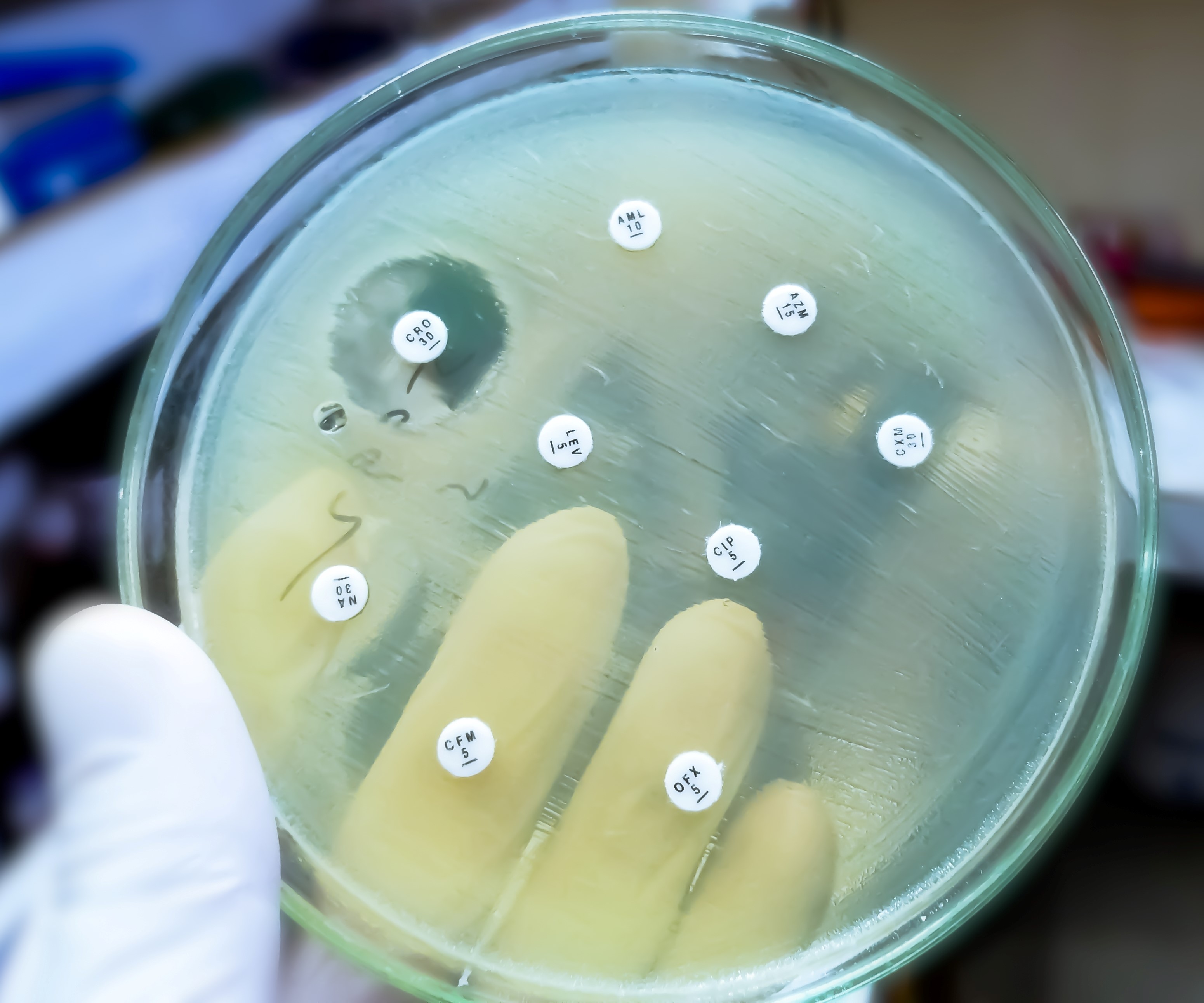Published: 02/11/23 14:12 Categories: Microbiology
In terms of microbiological risks, we know that Salmonella is one of the main causes of foodborne illnesses. However, its presence can also be caused by contaminated irrigation water.
Should we be concerned about the presence of Salmonella in water?
Water contamination by microorganisms is one of the main global challenges to ensure access to safe drinking water, as it is a common vehicle that facilitates the transmission of diseases such as typhoid and paratyphoid fevers, cholera and hepatitis A, to name a few.

In recent years, the focus has been on irrigation water as a source of Salmonella contamination, as the same responsible strain has been identified in different outbreaks, years apart, and also in a lake used for irrigation.
The foods contaminated generally involve fresh produce such as cucumbers, tomatoes, sprouts, and fruits such as mangos and melons.
The Salmonella serotypes detected are mostly associated with contamination of animal or human origin, and although S. Typhimurium and S. Enteriditis are most relevant at the clinical level, the distribution of Salmonella serotypes depends and varies between regions, making genetic identification of the strains indispensable for monitoring and tracing the original sources of contamination, which is key information in the case of salmonellosis outbreaks.
And although the quality of irrigation sources will rely on the effectiveness of disinfection treatments for bacteria, viruses and parasites, there are cases where the prevalence of resistant Salmonella strains has been detected, which adds more pressure to the existing problem.
Resistant Salmonella: from irrigation water to food outbreaks
In different surface water sources, the presence of Salmonella strains resistant to streptomycin and ceftriaxone is common, and S. Newport, a multidrug resistant (MDR) strain, is of particular concern due to its resistance to multiple antibacterial agents and its possible spread through contaminated irrigation water.

In 2022 the first waterborne outbreak of typhoid fever caused by S. Typhi resistant to various antimicrobials including ampicillin, fluoroquinolones, 3rd and 4th generation cephalosporins, was reported in China. It is suspected that the source may have been sewage contamination.
However, the risk is higher in the case of irrigation water contaminated with resistant strains, since it could affect a greater number of people and with it the consequences for public health such as increased morbidity and mortality, largely due to the lack of alternatives for the treatment of the disease.

It is clear that strain identification will be key to a good Salmonella tracking and monitoring in surface waters, especially because of the prevalence of resistant strains. And since antimicrobial resistance is a persistent challenge, it could help as well to better understand antimicrobial resistance.
At Condalab we have a line of chromogenic media available dedicated to the detection of resistant strains. To learn more, download the CondaChrome® brochure or do not hesitate to contact us.

 Food fraud: How do we detect it?
Food fraud: How do we detect it?
 Visit Us at MEDICA 2025 – Discover Our Precise Detection Solutions
Visit Us at MEDICA 2025 – Discover Our Precise Detection Solutions
 PCR: The Technique Revolutionizing Rapid Detection in the Food Industry
PCR: The Technique Revolutionizing Rapid Detection in the Food Industry
 How Culture Media Ensure the Safety, Efficacy, and Quality of Medicines
How Culture Media Ensure the Safety, Efficacy, and Quality of Medicines
 Meeting us at MEDLAB MIDDLE EAST 2025
Meeting us at MEDLAB MIDDLE EAST 2025